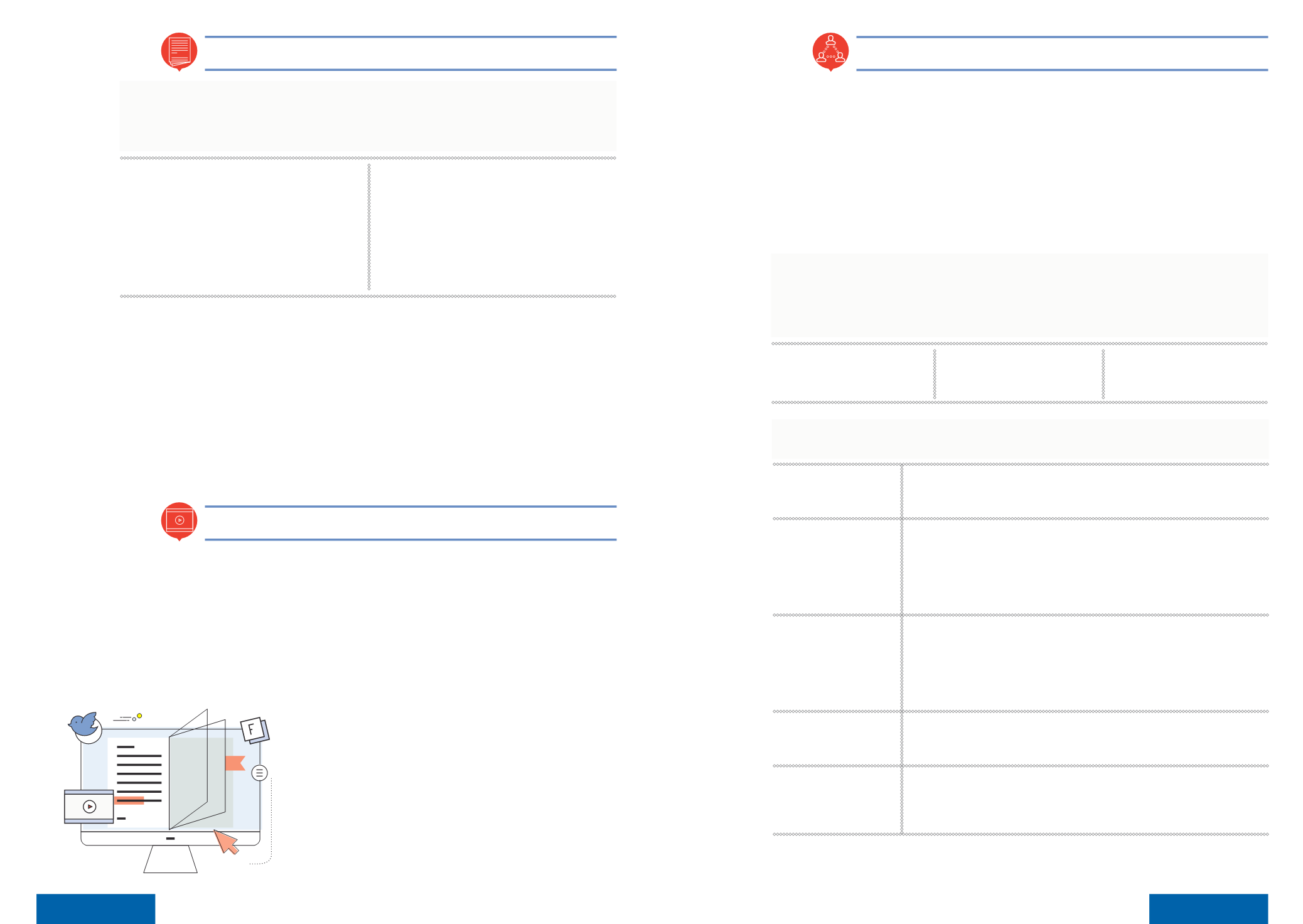
33
|
32
|
Toolkit for Competition
Advocacy in ASEAN
Toolkit for Competition
Advocacy in ASEAN
Press packs
♦
A press or news release in the national language of
the respective AMS, and English (when appropriate)
♦
Background material, such as FAQs
♦
CV of relevant individual, for example conference
speaker or CA representative
♦
A copy of any associated publications
♦
Graphical and/or tabular material in hard
and soft copy
♦
Notepad and pen
♦
Any other giveaways (e.g. flash drive)
♦
Details of social media accounts and online
sources of information
Throughout the duration of an advocacy campaign, a CA should have a specialist press or
informational pack to give to journalists, and, indeed, to significant stakeholders who comment in
the media. Press packs (or kits) are easy to manage and update, providing journalists with additional
information beyond what is captured at interviews. The following components are essential:
Before approaching any members of the press, a CA must
consider and adhere to existing organisational policies and
procedures when planning or conducting media activity. Within any
organisation, contact with traditional media is usually managed
through a press office or communications department and
underpinned by
organisational media policy
.
This sets out who can speak to the media and typically includes
communication and press officers, appointed spokespersons,
technical experts and organisational leadership, such as the chair
or CEO of a CA.
Digital and social media activity
Internal communications
creators with an ever-increasing array of apps and platforms with
which to communicate. The biggest advantage of using digital media
is that it enables organisations and individuals to target relevant
audiences quickly, creatively and effectively, as well as ensure
integrity of a brand and/or message.
Social media provides outlets to publish and disseminate
digital media, e.g. YouTube for video, Twitter for news, LinkedIn
for professional publications and events. Social media platforms,
such as Facebook, are more relevant for the general public or
consumer groups.
A CA should consider using digital and social media as part of its
advocacy efforts as they have the potential for extensive outreach
and impact. Everyone has access to information in the palm of their
hand, so using digital and social media to reach targeted stakeholders
is essential to any advocacy campaign. For example, a CA could
make use of short videos or animations that highlight the benefits
of competition for certain stakeholder groups. Moreover, a hashtag
(#) campaign to accompany a conference or forum could be used
to allow conference attendees to tweet their views during a panel
session or debate.
Digital media is defined as
text, graphics, photographs,
audio or video that is
generated and disseminated
digitally. Since the advent of the
Internet and smartphones, digital
media is one of the fastest-
growing areas of technology.
Digital media provides content
his capacity to influence should be supported and developed
internally as it underpins external advocacy efforts.
Internal communications programmes and employee engagement
can be part of either a specific campaign or embedded within the
organisational culture. Committed employee engagement and
regular, informative internal communications will reinforce an internal
competition culture. This will naturally resonate externally during
day-to-day levels of wider external engagement, thus achieving
greater impact.
The most effective and
relevant advocates of CPL
are the staff of CA. They make
a significant impact on
heightening awareness of CPL
and in generating a wider
competition culture.
A CA should choose the right internal communications tools and methods relevant to their chosen
government stakeholders, organisational culture, political landscape and resources available. Face-to-
face is the most preferred and trusted method of internal communications. Each organisation will have
its own methods of communicating with staff; however, a CA may wish to review and evaluate current
practices and consider the following:
♦
Format
♦
Frequency
♦
Message
♦
Interactivity/two-way process
♦
Follow-up
The following contains an overview of what a CA can do enhance internal communications in the
context of advocacy:
Staff, departmental
and inter-departmental
meetings:
This provides an opportunity for staff briefings, particularly to share updates on
cases and other important CPL developments.
Meeting with
leadership:
Leadership is considered by staff to be the most trusted and credible source
of information. Generally, the more senior the leader, the greater the impact
of the advocacy activity with which they are involved. Engagement with CEOs
and chairpersons, for example, will have far-reaching outcomes. A CA should
consider using this method of internal communications to announce or share
milestones, successes or challenges in CPL.
Engagement and
awareness sessions:
These are suited to communicate with associated departments and other
public authorities that are part of wider advocacy efforts for CPL. Popular “quick
hits” are pop-up stands in department lobbies, staff restaurants and other
areas where staff socialise. This activity is best supported with accompanying
materials, such as leaflets, a plasma presentation and small giveaways, e.g.
pens with the CA website address.
Staff training:
This is vital to supporting competition advocacy. A CA should regularly engage
with department heads and staff to introduce or reinforce developments in
internal processes and procedures.
Dedicated, informal,
internal inter-
departmental
networking events:
Such events for CA staff are a very easy way to promote and reinforce a
competition culture. A set day in the week, such as a working breakfast
or coffee on Fridays, is also useful for staff to interact and exchange their
workload or cases they are working on.


